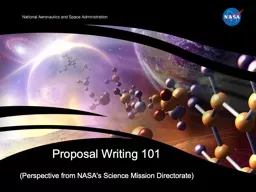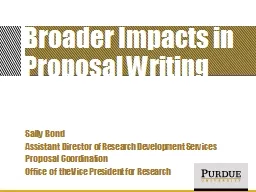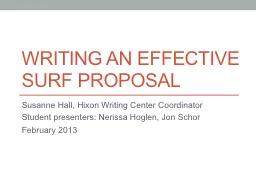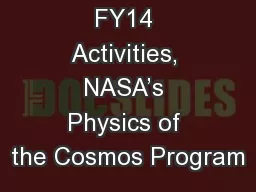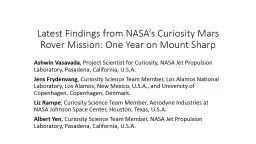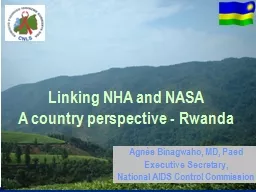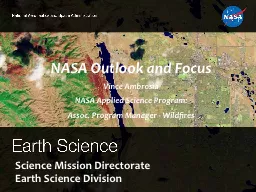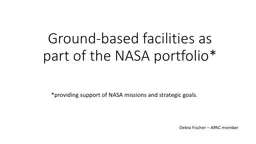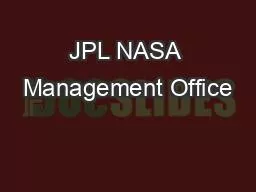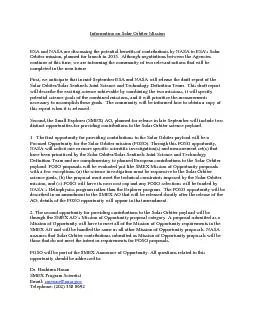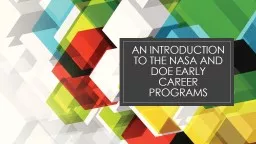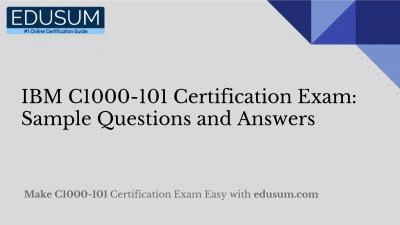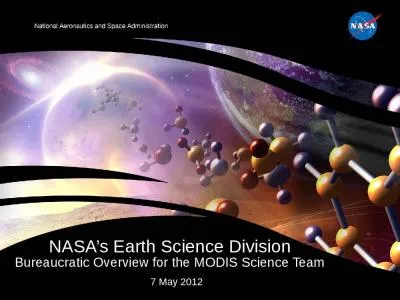PPT-Proposal Writing 101 (Perspective from NASA's Science Mission Directorate)
Author : CutiePie | Published Date : 2022-08-03
The structure of NASA and SMD and implications Omnibus meaning and layered structure ROSES Solicitation as an example Guidebook vs Summary of Solicitation vs Overview
Presentation Embed Code
Download Presentation
Download Presentation The PPT/PDF document "Proposal Writing 101 (Perspective from N..." is the property of its rightful owner. Permission is granted to download and print the materials on this website for personal, non-commercial use only, and to display it on your personal computer provided you do not modify the materials and that you retain all copyright notices contained in the materials. By downloading content from our website, you accept the terms of this agreement.
Proposal Writing 101 (Perspective from NASA's Science Mission Directorate): Transcript
Download Rules Of Document
"Proposal Writing 101 (Perspective from NASA's Science Mission Directorate)"The content belongs to its owner. You may download and print it for personal use, without modification, and keep all copyright notices. By downloading, you agree to these terms.
Related Documents

